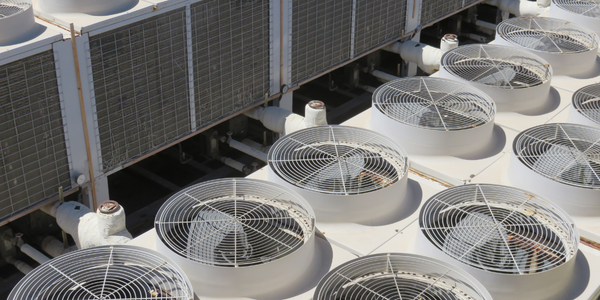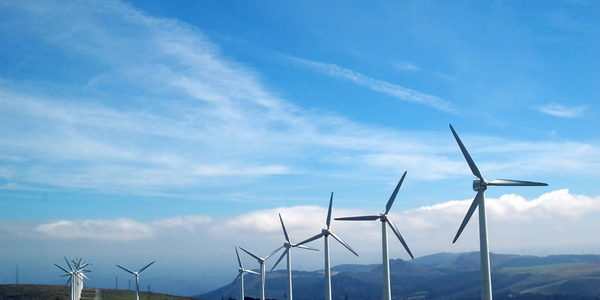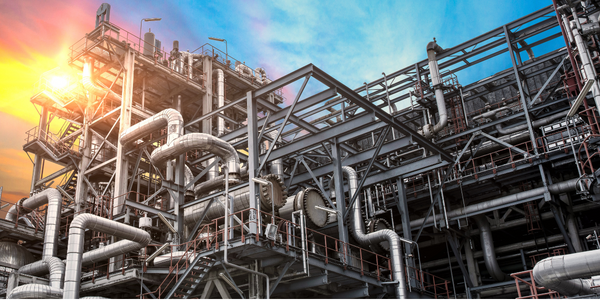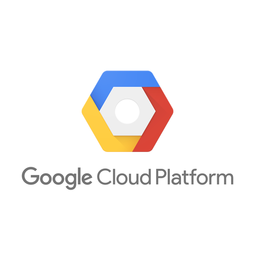公司规模
Large Corporate
地区
- America
国家
- United States
产品
- Google Workspace
- Google Cloud
- ClearVision
- Vertex AI
- Gemini for Google Workspace
技术栈
- Google Cloud
- Google Workspace
- BigQuery
- Google Distributed Cloud
- Vertex AI
实施规模
- Enterprise-wide Deployment
影响指标
- Productivity Improvements
- Cost Savings
- Customer Satisfaction
技术
- 分析与建模 - 机器学习
- 平台即服务 (PaaS) - 数据管理平台
- 分析与建模 - 预测分析
适用功能
- 商业运营
- 质量保证
用例
- 预测性维护
- 机器状态监测
- 视觉质量检测
服务
- 云规划/设计/实施服务
- 数据科学服务
- 系统集成
关于客户
ClearObject is a digital transformation company that specializes in turning data into valuable insights and tangible outcomes. As a Google Cloud Premier Partner, ClearObject has a track record of helping some of the world's largest companies solve complex problems with bespoke solutions in vision AI, generative AI, cloud migrations, and data analytics. The company initially started as an IoT firm, focusing on collecting and connecting clients' data to the cloud to enable informed business decisions. Over time, ClearObject evolved into a team of vision AI specialists, using image recognition to automate and enhance clients' operations with actionable analytics for continuous improvement. ClearObject's solutions span various industries, including manufacturing, wastewater infrastructure, and pharmaceuticals, providing real-time insights into critical operations.
挑战
ClearObject faced challenges in maintaining effective collaboration across its distributed teams, which were spread across different regions and time zones. The previous collaboration model was inefficient, causing delays in proposal compilation and version control issues. Communication was cumbersome, often clogging inboxes and leading to outdated project plans and proposals. Additionally, ClearObject needed a robust processing engine to handle its customers' extensive data needs, ensuring real-time insights without compromising security.
解决方案
ClearObject transitioned to Google Workspace, adopting a suite of interconnected tools like Google Docs, Sheets, and Slides to enhance collaboration. This shift allowed teams to edit documents simultaneously, ensuring everyone was on the same page and reducing version control issues. A shared Google Drive became the central hub for project information, accessible from anywhere. Built-in cloud-native security controls in Workspace simplified user and document access management, while automated compliance features helped fulfill ISO 27001 Annex A controls requirements. ClearObject also utilized Gemini for Google Workspace to accelerate content creation, aiding marketing strategies and sales pitch development. On the AI front, ClearObject leveraged Google Cloud's capabilities, including Cloud Storage and BigQuery, to handle robust data needs. Google Distributed Cloud enabled edge processing for real-time insights. Vertex AI, a suite of machine learning tools, underpinned ClearObject's ClearVision product, allowing for custom AI models tailored to analyze visual data, identify defects, optimize production lines, and predict equipment failures.
运营影响
数量效益

Case Study missing?
Start adding your own!
Register with your work email and create a new case study profile for your business.
相关案例.

Case Study
IoT enabled Fleet Management with MindSphere
In view of growing competition, Gämmerler had a strong need to remain competitive via process optimization, reliability and gentle handling of printed products, even at highest press speeds. In addition, a digitalization initiative also included developing a key differentiation via data-driven services offers.

Case Study
Remote Monitoring & Predictive Maintenance App for a Solar Energy System
The maintenance & tracking of various modules was an overhead for the customer due to the huge labor costs involved. Being an advanced solar solutions provider, they wanted to ensure early detection of issues and provide the best-in-class customer experience. Hence they wanted to automate the whole process.

Case Study
Predictive Maintenance for Industrial Chillers
For global leaders in the industrial chiller manufacturing, reliability of the entire production process is of the utmost importance. Chillers are refrigeration systems that produce ice water to provide cooling for a process or industrial application. One of those leaders sought a way to respond to asset performance issues, even before they occur. The intelligence to guarantee maximum reliability of cooling devices is embedded (pre-alarming). A pre-alarming phase means that the cooling device still works, but symptoms may appear, telling manufacturers that a failure is likely to occur in the near future. Chillers who are not internet connected at that moment, provide little insight in this pre-alarming phase.

Case Study
Siemens Wind Power
Wind provides clean, renewable energy. The core concept is simple: wind turbines spin blades to generate power. However, today's systems are anything but simple. Modern wind turbines have blades that sweep a 120 meter circle, cost more than 1 million dollars and generate multiple megawatts of power. Each turbine may include up to 1,000 sensors and actuators – integrating strain gages, bearing monitors and power conditioning technology. The turbine can control blade speed and power generation by altering the blade pitch and power extraction. Controlling the turbine is a sophisticated job requiring many cooperating processors closing high-speed loops and implementing intelligent monitoring and optimization algorithms. But the real challenge is integrating these turbines so that they work together. A wind farm may include hundreds of turbines. They are often installed in difficult-to-access locations at sea. The farm must implement a fundamentally and truly distributed control system. Like all power systems, the goal of the farm is to match generation to load. A farm with hundreds of turbines must optimize that load by balancing the loading and generation across a wide geography. Wind, of course, is dynamic. Almost every picture of a wind farm shows a calm sea and a setting sun. But things get challenging when a storm goes through the wind farm. In a storm, the control system must decide how to take energy out of gusts to generate constant power. It must intelligently balance load across many turbines. And a critical consideration is the loading and potential damage to a half-billion-dollar installed asset. This is no environment for a slow or undependable control system. Reliability and performance are crucial.

Case Study
Integration of PLC with IoT for Bosch Rexroth
The application arises from the need to monitor and anticipate the problems of one or more machines managed by a PLC. These problems, often resulting from the accumulation over time of small discrepancies, require, when they occur, ex post technical operations maintenance.

Case Study
Refinery Saves Over $700,000 with Smart Wireless
One of the largest petroleum refineries in the world is equipped to refine various types of crude oil and manufacture various grades of fuel from motor gasoline to Aviation Turbine Fuel. Due to wear and tear, eight hydrogen valves in each refinery were leaking, and each cost $1800 per ton of hydrogen vented. The plant also had leakage on nearly 30 flare control hydrocarbon valves. The refinery wanted a continuous, online monitoring system that could catch leaks early, minimize hydrogen and hydrocarbon production losses, and improve safety for maintenance.







